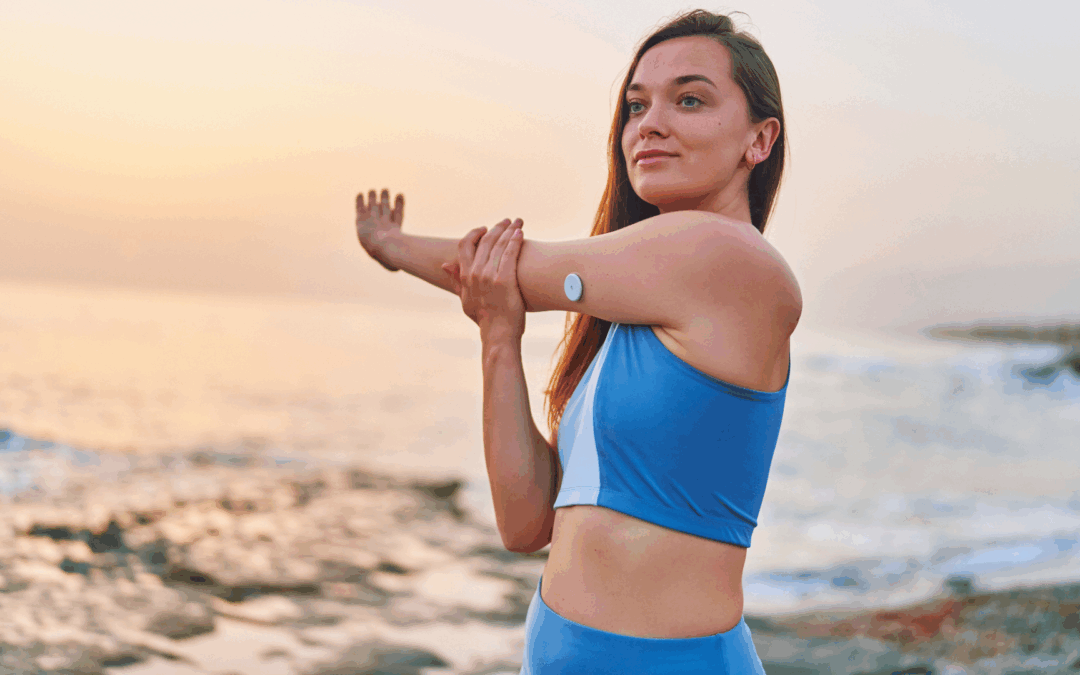Sarah was just 30 when her world turned upside down. She had always been the picture of health—she ran 5Ks, cooked fresh meals, and enjoyed a lifestyle that felt unstoppable. So, when her doctor told her she had type 2 diabetes, she didn’t know how to react. “Me? Diabetes? That’s not supposed to happen,” she thought. Her doctor handed her a few pamphlets and vague instructions, but it all felt like too much to take in.
At first, Sarah didn’t know where to start. Her blood sugar readings were inconsistent, and she kept forgetting to check. The foods she thought were healthy seemed to be affecting her negatively. Her frustration was mounting, and it felt like diabetes was a constant shadow she couldn’t escape.
One evening, while scrolling through social media, Sarah stumbled upon a post from someone who had been through what she was experiencing. It was someone who had managed their diabetes by making small but meaningful changes. This sparked something in Sarah. Maybe she wasn’t destined to feel this way forever. Maybe there was a way out of the confusion.
Determined to take control, Sarah started by educating herself. She learned how diabetes worked in her body, how insulin played a role, and which foods helped manage blood sugar. Knowledge, she realized, was power. She wasn’t just following instructions—she was understanding her body in a deeper way.
Next, Sarah began monitoring her blood sugar more regularly. At first, it felt like a hassle, but after a few weeks, it became part of her routine. The more she tested, the more she understood how food, exercise, and stress influenced her readings. It gave her a sense of empowerment and clarity.
Food was another area Sarah had to tackle. She started experimenting with healthier meals—replacing white rice with quinoa, adding more vegetables to her plate, and cutting back on processed foods. Surprisingly, she discovered that healthy food didn’t mean bland. She was making delicious meals that kept her feeling full and satisfied.
Exercise also became a key part of Sarah’s new routine. But instead of trying to run long distances, she focused on simple, consistent movement—like a 20-minute walk every morning. She found it helped her mood, energy levels, and, of course, her blood sugar.
But it wasn’t just the physical changes that mattered. Sarah also realized the importance of her mental health. She began meditating, journaling, and simply taking time to relax. Stress, she discovered, had a significant impact on her blood sugar levels, so managing her mind was just as crucial as managing her body.
Months passed, and Sarah began to see the results. Her blood sugar was more stable, she had more energy, and she even lost a little weight along the way. But the most important change was how she felt about her diabetes. It no longer controlled her. She was the one in charge now, and she was learning how to live a full, healthy life with diabetes instead of feeling defeated by it.
Looking back, Sarah realized that the journey had never been about perfection. It had been about making small, intentional changes that added up over time. And now, when she looks at her blood sugar monitor, it’s not a source of stress—it’s a tool she uses to stay in control of her health.


